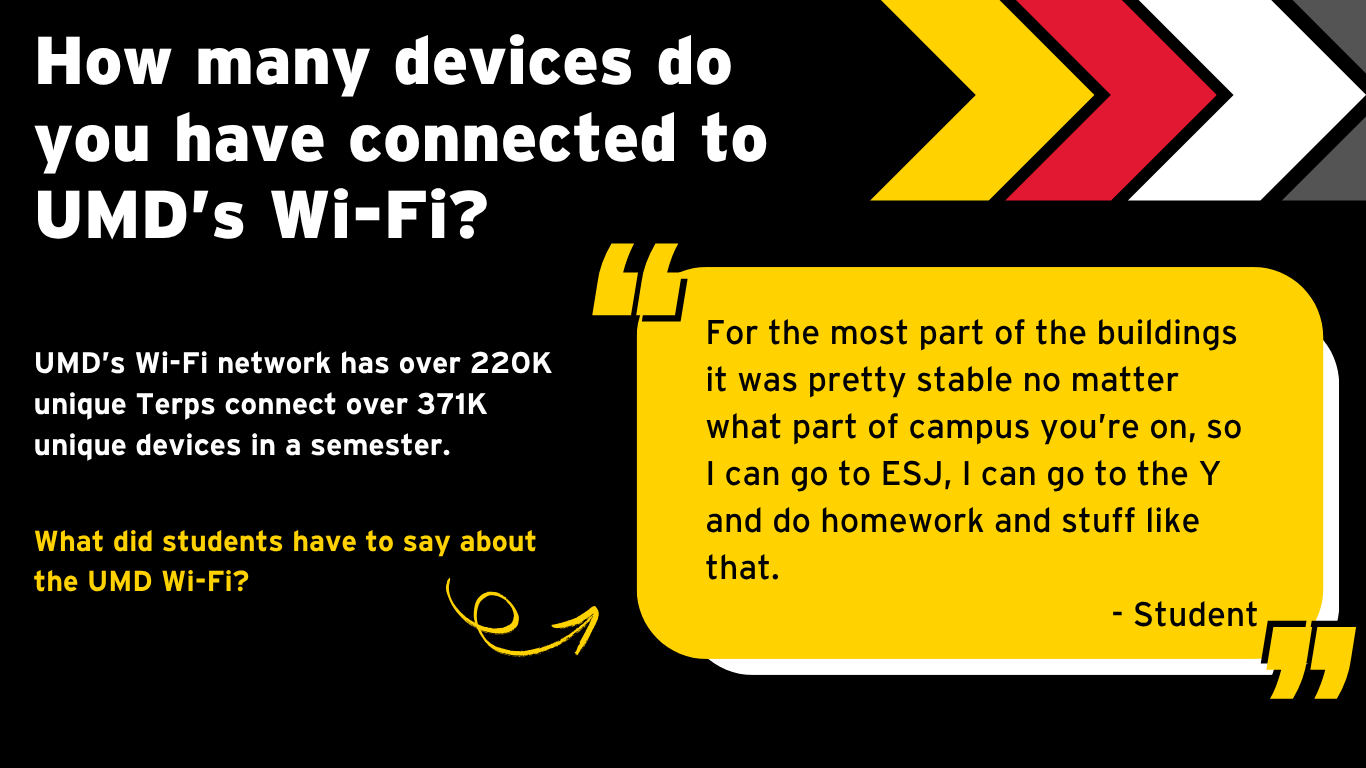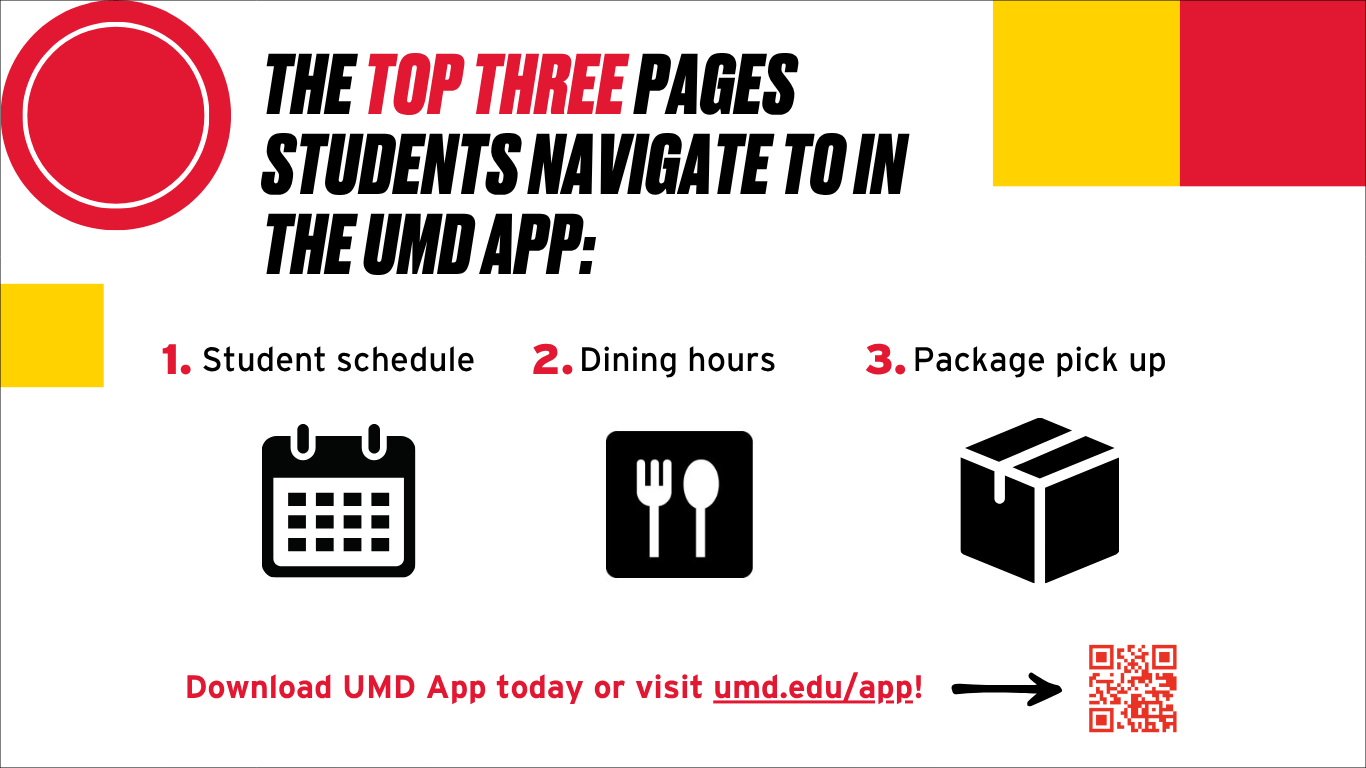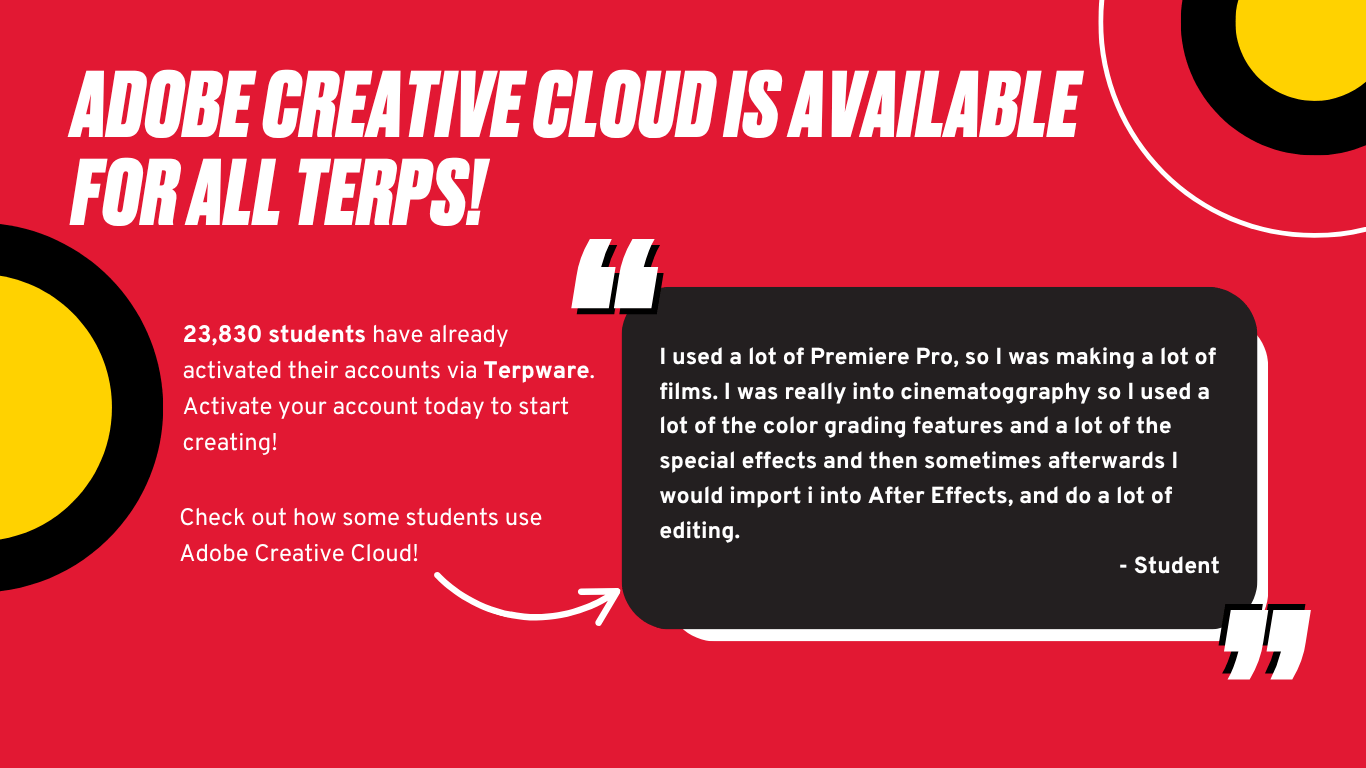Analytics
DIT believes that technology has the power to transform academic and research practices. To support this vision, we continuously analyze how faculty, students, and staff are engaging with digital technology. DIT uses data from the systems it supports and from the students, faculty and staff we serve to inform everything from business decisions to training to strategic plans.
Data-Driven Highlights
Learn about some of our data-driven insights and projects. For more, please check out the Initiatives page.
Academic Technology & Innovation Systems & Services Report
Each semester, the Academic Technology and Innovation team collects, analyzes and reports data on the usage and availability of technologies used for learning and teaching. Read the report to learn more about how students and instructors are coming to an equilibrium with respect to incorporating new pedagogical techniques (e.g., Zoom office hours) that best meet student needs!
Did you know that . . .
2023 Educause Student and Faculty Survey Results
The professional organization EDUCAUSE develops national surveys about the student and faculty experiences with IT on higher education campuses. The Division of IT administers it on their behalf at UMD, allowing us to analyze the UMD data for general trends and areas in which to continue conversations with the community. In 2023, we learned that:
- Technology at UMD is meeting students' needs.
- Faculty rely on technology and instructional support.
- Both students and faculty continue to prefer in-person learning and teaching experiences.
- Communication is important to students, and they prefer different methods of communication depending on the context.
Read a detailed overview of findings in our e-magazine, Student and Faculty Voices, or just check out the takeaways in our Terps and Tech one-pager!
Read the text-only version of the Terps & Tech one-pager.




